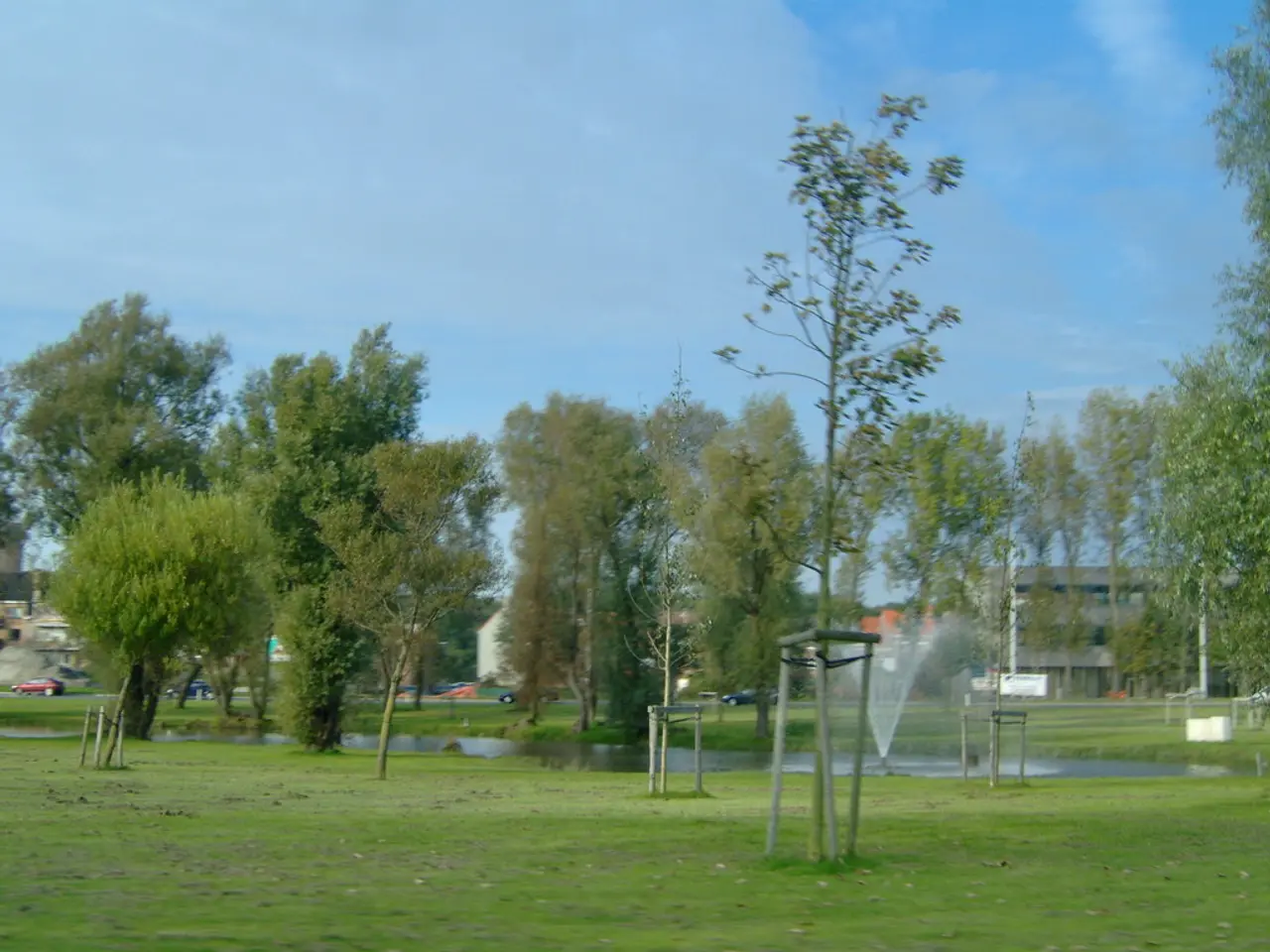Forecasting Rainfall in Late Summer Using Cloud Analysis
Late-summer rain predictions are becoming increasingly accurate, thanks to advancements in cloud analysis, satellite imagery, and artificial intelligence (AI).
Clouds, as fundamental indicators of weather conditions, play a crucial role in predicting rain. Specific cloud types can signal the likelihood of rain. For instance, cumulonimbus clouds are associated with heavy precipitation and thunderstorms, often indicating severe weather. Cumulus clouds, while generally associated with fair weather, can grow into towering cumulus, leading to showers or thunderstorms if they become tall enough. Stratus clouds often suggest stable weather but can also lead to light, prolonged rain.
Satellite imagery provides critical data for weather forecasting by monitoring cloud formation and movement. The GOES-R Series satellites, for example, use the Advanced Baseline Imager (ABI) to observe cloud top features, helping predict storm size and severity. Sentinel-1 Synthetic Aperture Radar (SAR) satellites can penetrate cloud cover, allowing for flood monitoring and detection even under cloudy conditions.
AI tools are revolutionizing weather forecasting by integrating data from various sources, including satellite imagery. Nowcasting uses AI models like MetNet-3 to generate hyper-local, short-term weather predictions, enhancing the ability to predict precipitation up to 12 hours ahead. Deep learning models can analyze satellite data to identify cloud patterns that may lead to rain, improving the accuracy of forecasting.
By combining these technologies, meteorologists can better predict late-summer rain by analysing cloud types, utilising satellite observations, and leveraging AI-driven forecasting models. High-resolution satellite imagery in real-time captures cloud dynamics, while recognising altocumulus and cumulonimbus cloud formations can indicate potential late-summer rain or thunderstorms.
Advances in cloud reading technology use high-resolution satellite data for real-time tracking of cloud formation. Drone-based sensors gather detailed data on cloud structure and moisture distribution, while satellite imaging technologies provide detailed, real-time views of cloud formations from space, aiding weather prediction.
Understanding cloud types is essential for predicting upcoming weather patterns effectively. Integrated modeling platforms combine cloud physics data with atmospheric models for better predictions. Monitoring high-altitude clouds like cirrus can reveal approaching warm or storm fronts, aiding rain prediction.
Tracking cloud movement and patterns via satellite imagery helps anticipate approaching rain systems. Understanding regional differences in cloud type influence and weather patterns is essential for improving predictions in specific areas. The combination of these advancements is revolutionising the way we predict and prepare for late-summer rain.
Weather forecasting is significantly enhanced with the analysis of various cloud types, as they provide indicators of upcoming weather conditions, such as cumulonimbus clouds suggesting heavy precipitation and thunderstorms. Satellite imagery coupled with AI tools plays a vital role in weather forecasting, offering insights into cloud formation and movement, leading to improved accuracy in late-summer rain predictions.





